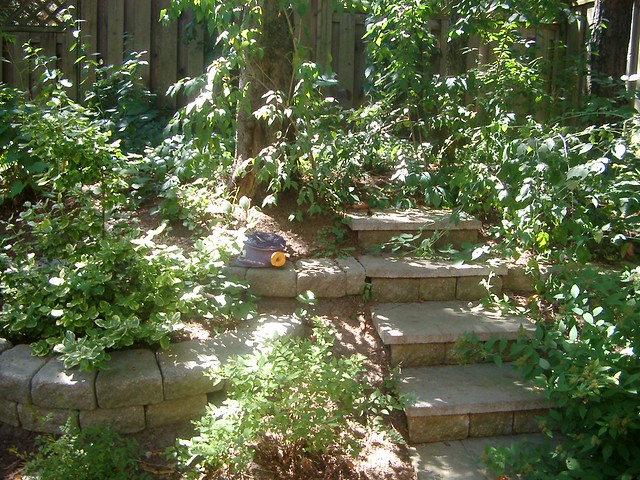Organic produce is much more tasty and healthy than the mass produced fruit and vegetables normally found at the supermarket. Rather than purchasing it from stores, you can choose to grow it yourself. Below is a selection of organic horticulture tips that will help you to start harvesting delicious, healthy produce at home.
Get a slug-proof variety of perennials. Your plants can be destroyed by slugs and snails overnight. These pests prefer plants with thin smooth leaves. Plant some helleborus or euphorbias along with your other perennials. Perennials that are unappetizing in taste, or that have hardened and hairy leaves, are not a favorite of slugs or snails. Excellent varieties include heuchera, achillea, euphorbia, campanula, and helleborus.
Baking Soda
If powdery mildew appears on your plants, don’t purchase expensive chemical solutions. Try mixing a little liquid soap with some baking soda in water. Once a week, spray this solution on your plants and your mildew should disappear in no time. Your plants will not be harmed by the baking soda, but the mildew will definitely not like it!
If you want your garden full of flowers spring through summer, plant bulbs. Most bulbs are hardy and require little to no care in order to develop into beautiful perennials that will reappear each and every year. Find out which flowers will bloom when and then plant a variety, so that you can have fresh blooms all the way through the spring and summer!
Before you start planting your garden, plan it! A thoughtful plan can remind you of previous plantings and what you will see appearing from the soil in the months of spring and summer. It can also aid in identifying the less prominent fledgling plants that lie withing a larger landscaped garden.
Natural materials or some other plants can be used in your garden for keeping away pests. Onions and marigolds can get rid of pests in the garden. You can also prevent insect pests by using wood ash like mulch around your trees and shrubs. These are proven methods without having to use harsh chemical pesticides.
To give them a helping hand, pour the water you obtain after steaming vegetables over your plants. Add coffee grounds or tea leaves to the soil of acid-loving plants like rhododendron and gardenia. Chamomile tea is a good remedy against fungus.
Heat softens vegetables, so you can damage them immensely by pulling them out of the ground or cutting them off vines when it is too hot outside. Cut them with a tool rather than pulling or twisting, otherwise you could damage the plant itself.
If you have a high priority for sustainability in your organic horticulture, try leaving a corner of the property undeveloped as a mini wildlife refuge. Wildlife can help the plants in your garden to thrive, as insects support plant reproduction, while the excrement of many species contains nutrients which can help to fertilize your soil.
When your plants begin to sprout, they can survive in somewhat cooler temperatures. You should move your sprouted plants farther from the heat when they are past the sprouting stage. Also take any plastic films off of your containers, so you can keep the warmth and humidity out. Keep an eye on your seeds in order to know when you should do this.
Flower Beds
The optimal amount of organic mulch to use in your flower beds is 2-3 inches. Mulch will minimize weed growth and maximize nutrients and moisture. In addition, your flower beds will have a beautiful, finished appearance year round.
Do not keep on buying low quality produce. Use these suggestions listed here to produce fruit and veggies.
Originally posted 2013-06-06 17:45:34.
